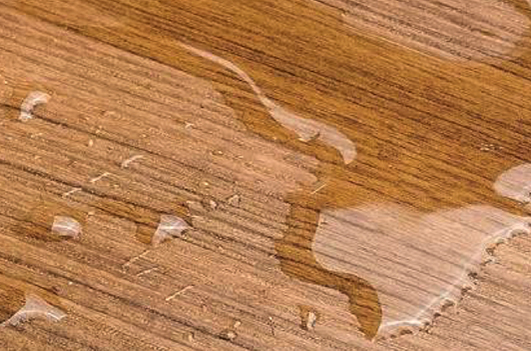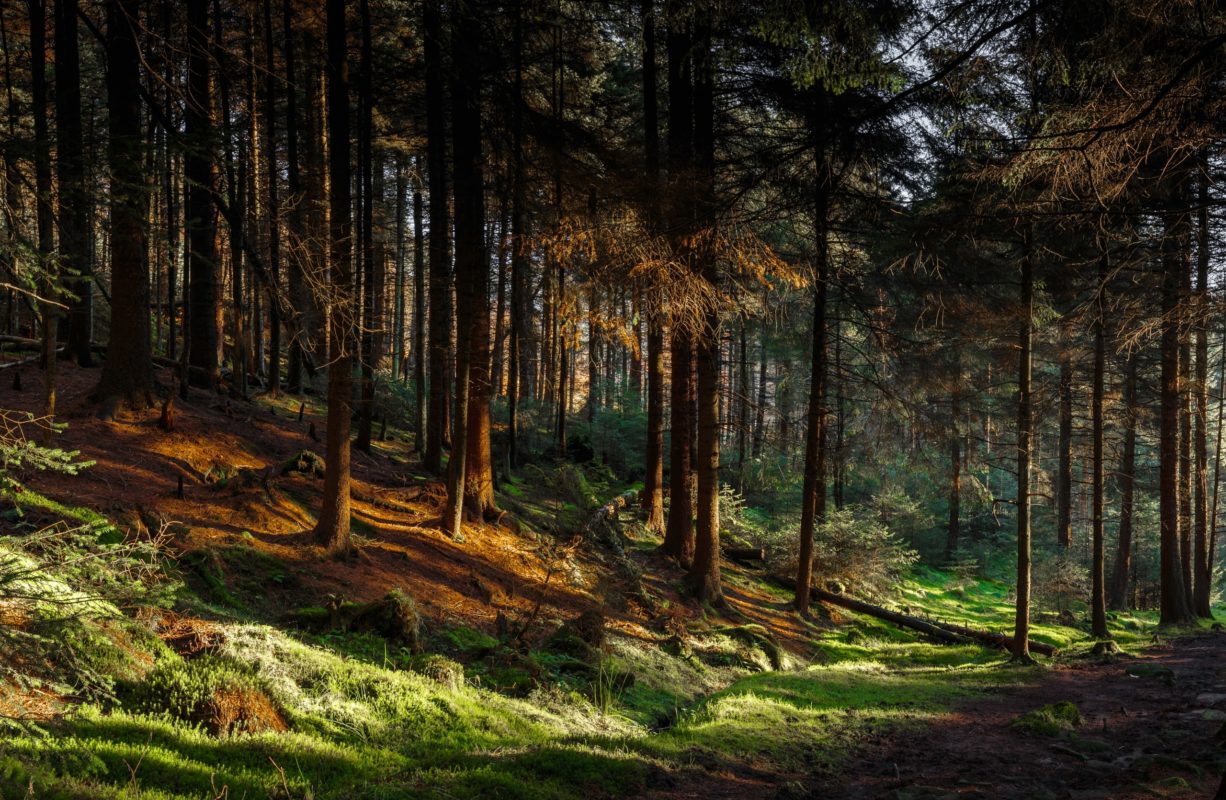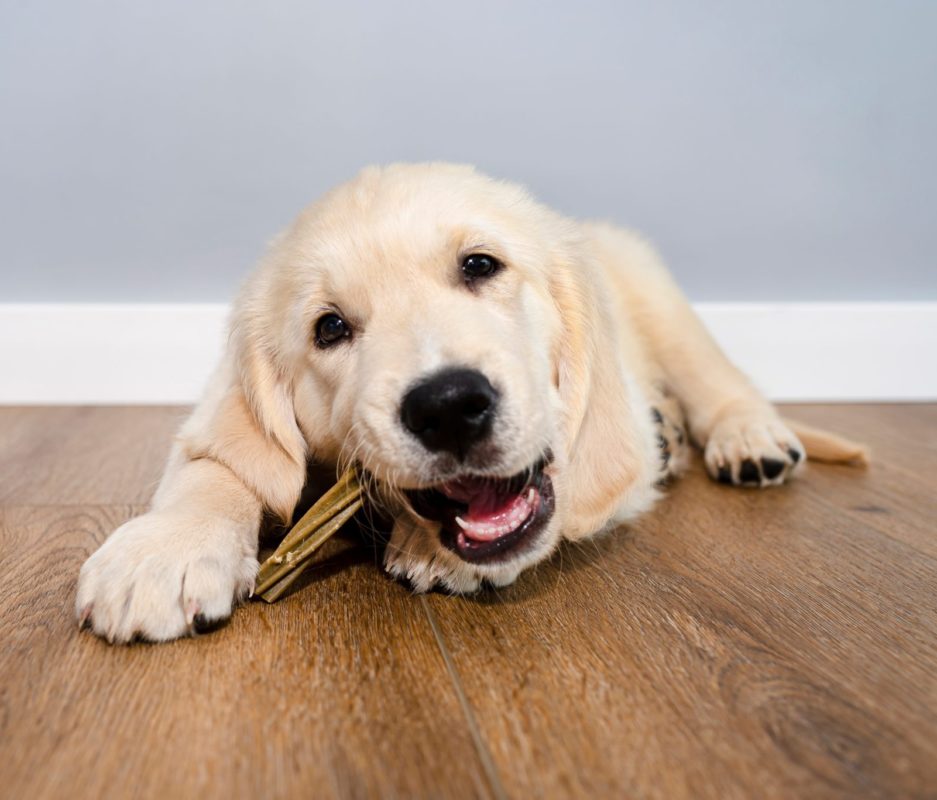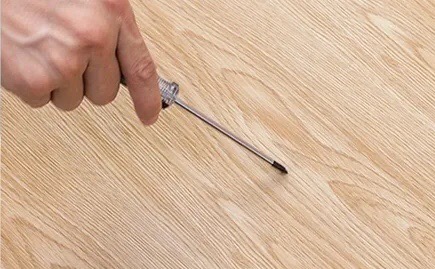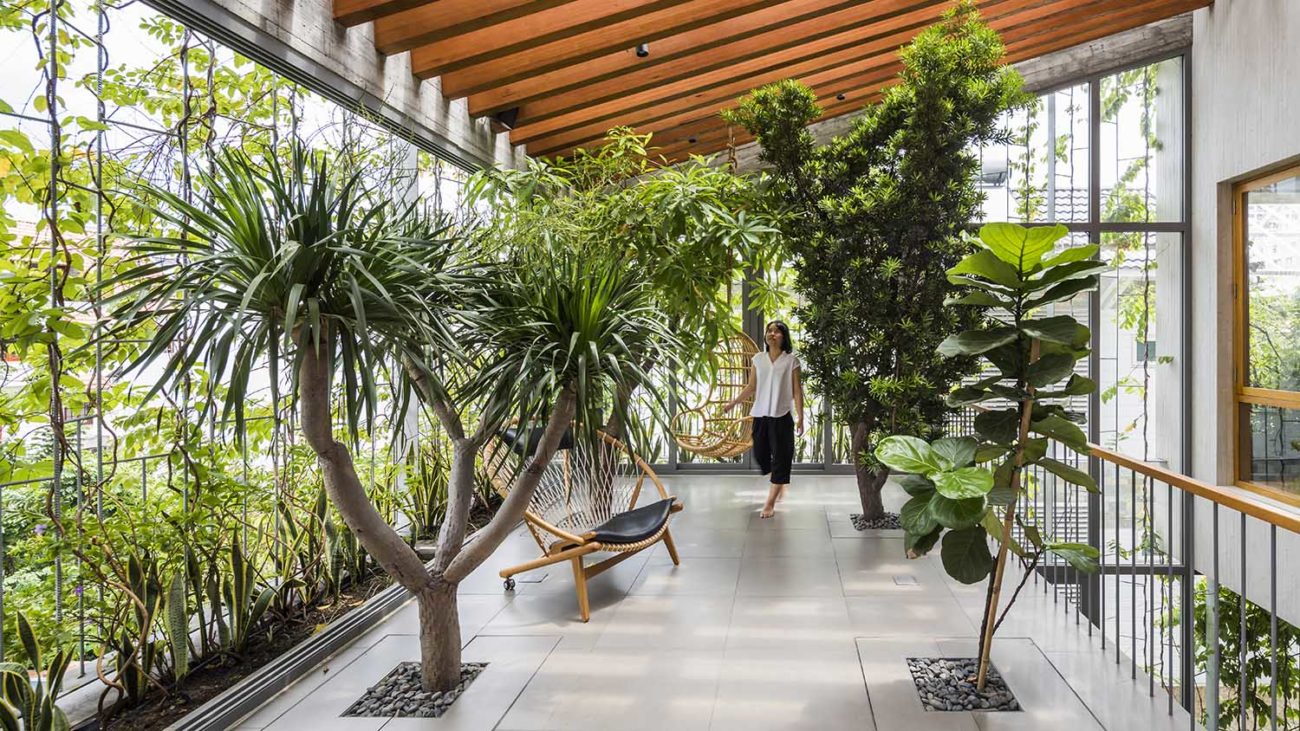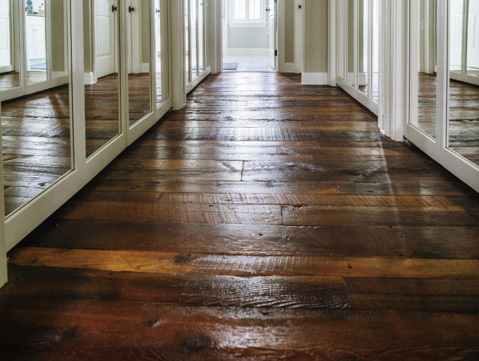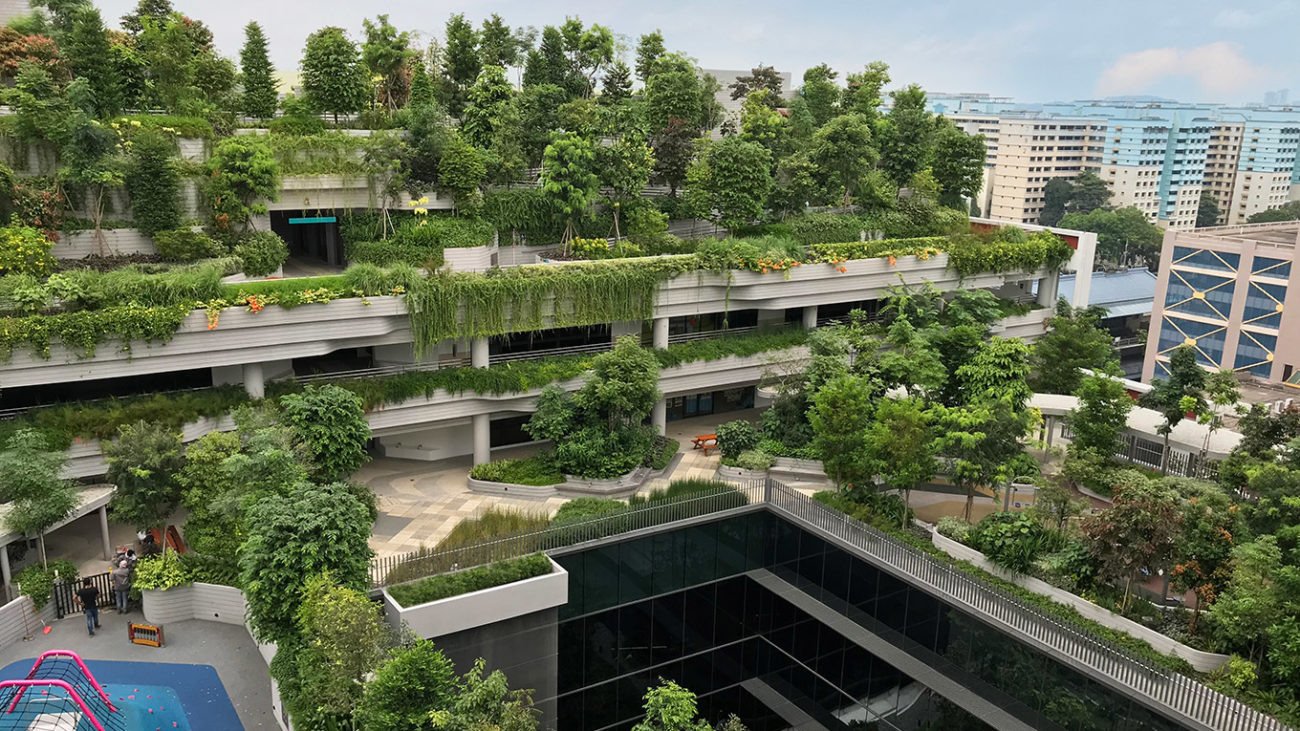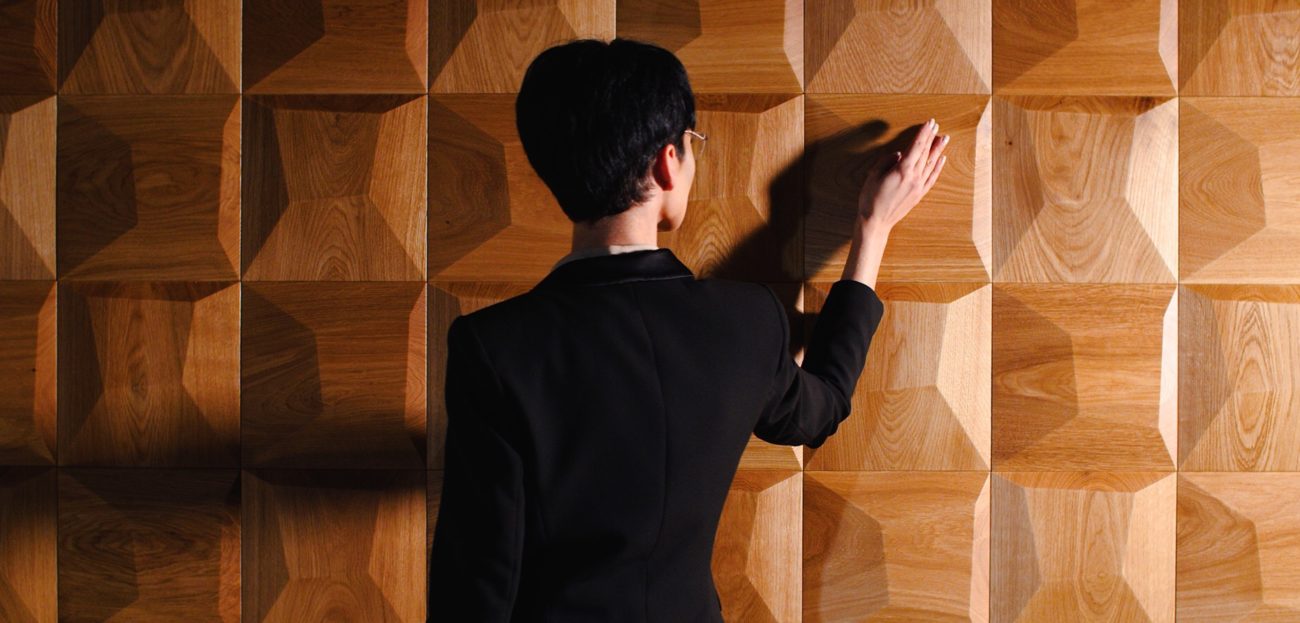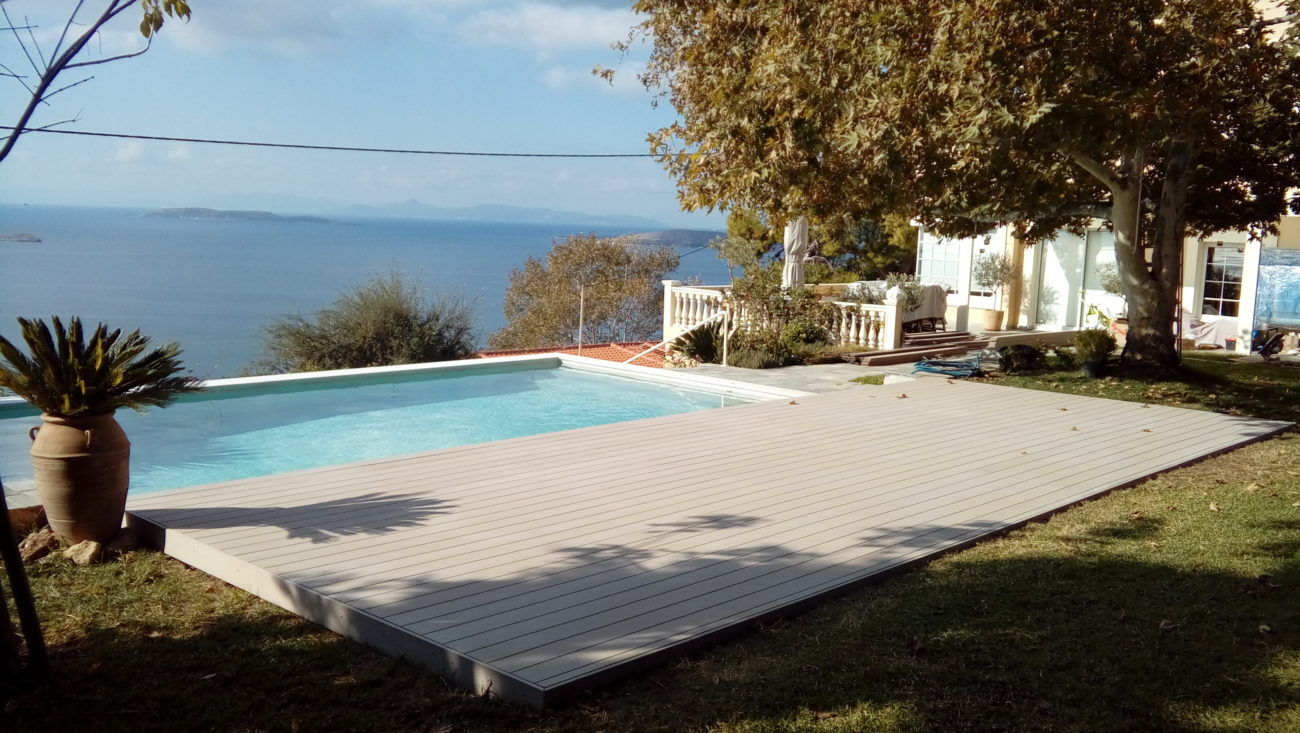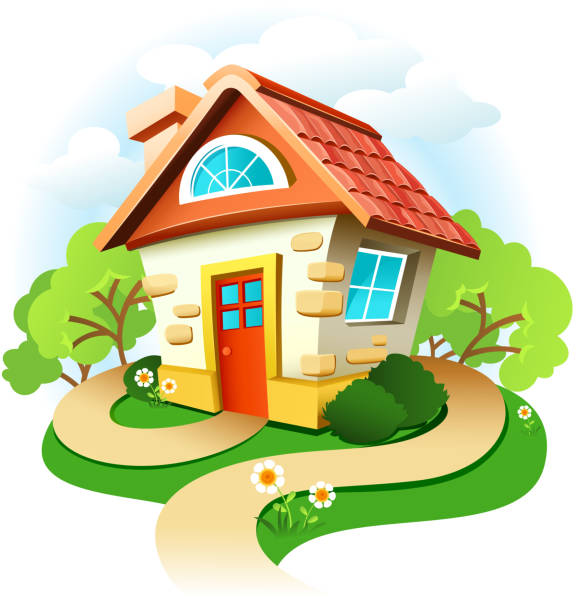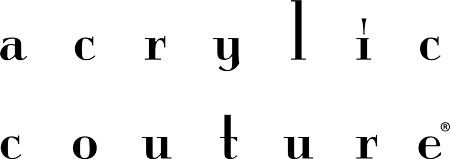Water damage is a common problem with hardwood or engineered wood floors, as the wood’s natural fibers can absorb water if not properly treated. This can cause the floorboards to curve and cup, creating a bowed or raised appearance. If water damage goes undetected and is allowed to spread across the floor, it may be irreversible and require a full restoration or replacement. To prevent water damage to your wood floors, it’s important to take protective measures and be aware of the early signs of damage. Materialsark has compiled a guide to help you protect your flooring and identify water damage
Preventing wood floor water damage is much easier and more cost-effective than trying to repair it once it has already occurred. To protect your wood floors from water damage, consider taking the following precautions:

To prevent water damage to your hardwood floors, it’s important to locate potential water sources and address any issues before installing the flooring. This includes checking your plumbing system for leaks and identifying other potential sources of water, such as leaky pipes, appliance leakages, and spillages. While it may not be possible to prevent all water-related accidents, you can take steps to minimize the risk of water damage by keeping a towel nearby to quickly soak up any excess water that may come into contact with your wood floors. By being proactive and taking preventative measures, you can help to protect your hardwood floors from water damage.
Applying a sealant such as wax or polyurethane to your hardwood flooring can provide protection against water, dirt, grit, and other stressors. While sealant can prevent liquids from seeping into the wood immediately, it is not a waterproof solution. If water is allowed to sit on the wood for an extended period of time, it can still cause damage. To further protect your wood floors from water damage, consider using rugs, mats, or other types of floor protection. Rugs placed at entrances to your home can help to prevent water and dirt carried in by shoes from coming into contact with the wood. Regularly re-applying sealant and taking preventative measures can help to protect your hardwood floors and keep them looking beautiful.
Maintaining your wood flooring is an important aspect of preventing water damage. Implementing a regular cleaning routine, using gentle cleaning tools, and vacuuming and wiping down the floor on a regular basis can help to remove dirt and excess water from the surface. When mopping, be sure to use a damp rather than wet mop and avoid mopping your hardwood floor unless it is absolutely necessary. Use a microfiber or extra soft mop head to avoid scratching the floor. By taking care of your wood flooring and keeping it clean and well-maintained, you can help to prevent water damage and keep it looking beautiful for years to come.
Even with preventive measures in place, water damage can still occur on your hardwood flooring. It’s important to be aware of the warning signs of water damage and take action to address it as soon as possible. Common signs of water damage include cupping (floorboards dropping and curving down towards the center due to excess moisture), crowning (floorboards rising up in the center due to moisture), buckling (floorboards raising up from the ground due to severe crowning), dark spots (which may indicate mold or mildew), and gaps and cracks in the floor.
If you notice any of these warning signs, it’s important to take action to remove the water and address the damage. First, remove any wet objects and soak up any surface water. Next, clean away any mold or dirt and allow the floor to dry naturally with plenty of airflow. If the damage is severe, you may need to consider refinishing or replacing your hardwood flooring. It’s always a good idea to seek the advice of a professional when dealing with water damage to your wood flooring
In summary
Preventing wood floor water damage is much easier and more cost-effective than trying to repair it once it has already occurred. To protect your wood floors from water damage, consider taking the following precautions:
- Use door mats and area rugs at entrances and in high-traffic areas to reduce the amount of water and moisture tracked onto your wood flooring.
- Wipe up spills immediately to prevent water from seeping into the wood and causing damage.
- Use a humidifier to maintain a consistent humidity level in your home and prevent the wood in your flooring from expanding and contracting due to changes in humidity.
- Protect wood flooring in areas prone to moisture, such as bathrooms and kitchens, by using floor mats or rugs.
- Use furniture protectors on the bottoms of furniture legs to prevent scratches and water damage.
- Fix any leaks or plumbing issues promptly to prevent water damage to your wood floors.
By following these simple precautions, you can help to keep your wood floors looking beautiful and prevent costly water damage.


